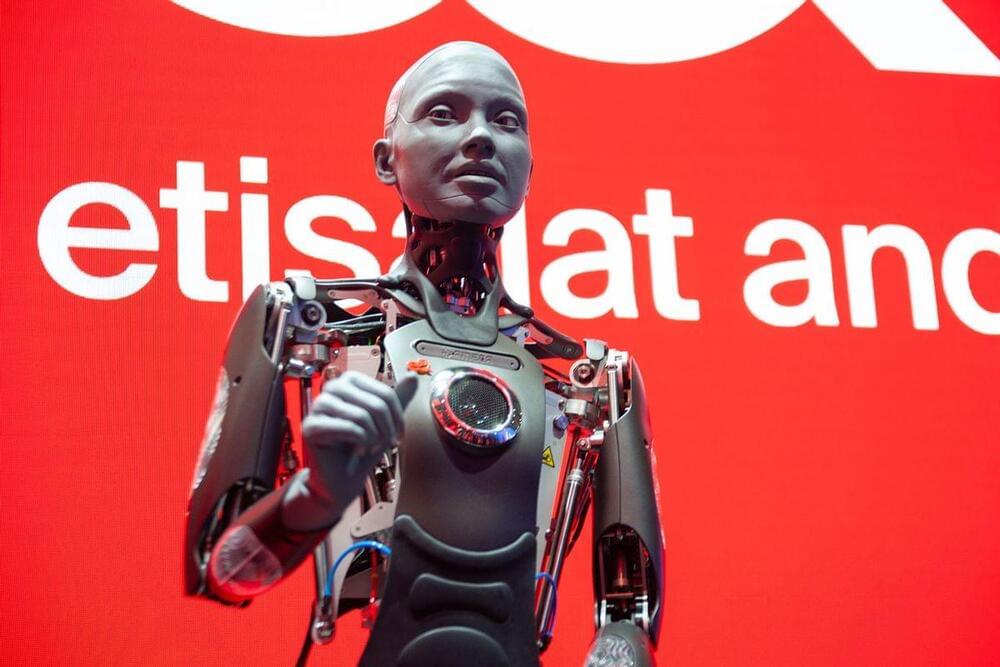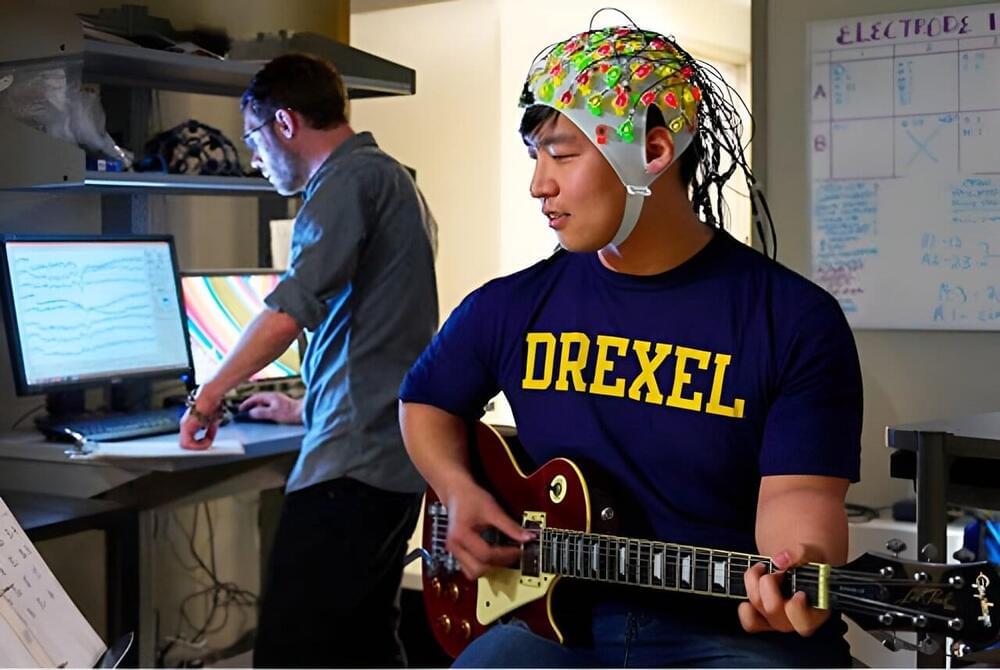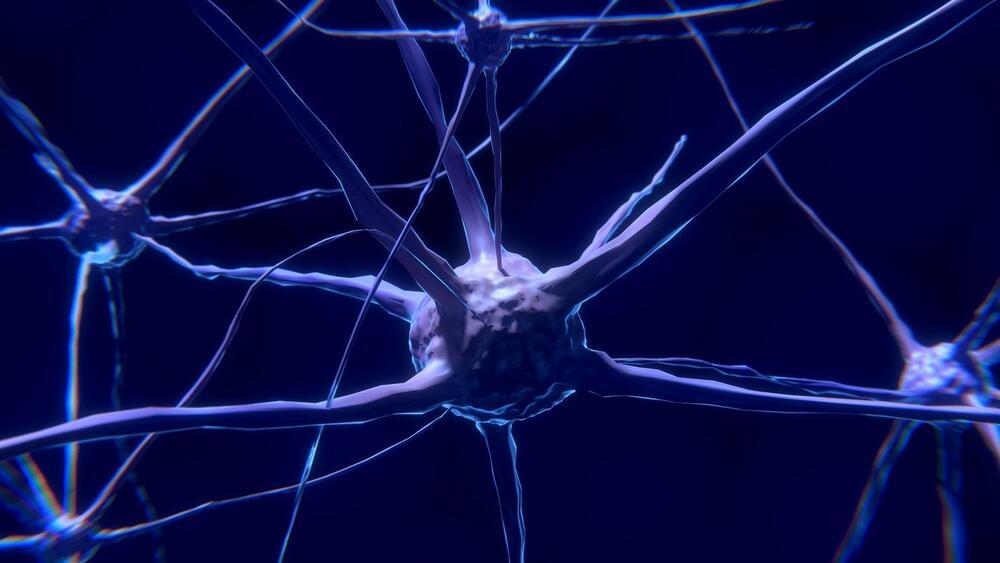A massive Microsoft data center in Goodyear, Arizona is guzzling the desert town’s water supply to support its cloud computing and AI efforts, The Atlantic reports.
A source familiar with Microsoft’s Goodyear facility told the Atlantic that it was specifically designed for use by Microsoft and the heavily Micosoft-funded OpenAI. In response to this allegation, both companies declined to comment.
Powering AI demands an incredible amount of energy. Worsening AI’s massive environmental footprint is the fact that it also consumes a mind-boggling amount of water. AI pulls enough electricity from data centers that they risk overheating, so to mitigate that risk, engineers use water to cool the servers back down.







